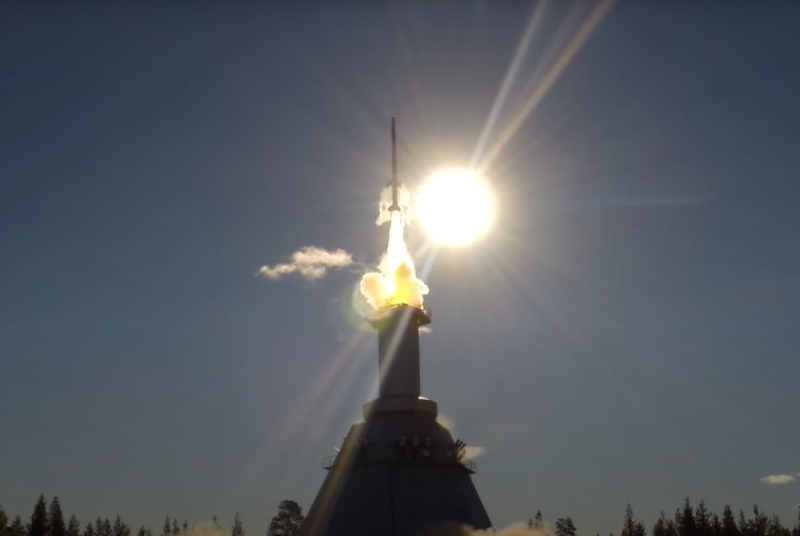Weightless Particles Prove Granular Gas Theory
If you shake a tray of sand or marbles vigorously, the system acts like a gas. But the particles in these so-called granular gases are unlike ideal gas molecules in that they can lose energy through collisions. To account for this and other differences, researchers have developed a separate theory for granular gases. Now two of the theory’s main predictions have been verified using magnetic particles floating in a box in near-zero gravity. Proving the accuracy of the theory—or finding its limits—is important for studies of planet formation and in areas such as pharmaceutical and grain processing, where granular gases are handled in large quantities.
Over the past two decades, researchers have come up with a theory for granular gases that is analogous to the kinetic theory, a 19th century description of conventional gases that successfully describes many of their properties. The kinetic theory of granular gases has been checked with computer simulations, but some of its predictions have been difficult to verify in experiments. For example, a granular gas should “cool” according to a specific time-course once the shaking is turned off, but gravity brings the particles to rest before this cooling process can be fully observed.
Matthias Sperl and his colleagues at the German Aerospace Center (DLR), Cologne, designed a granular gas experiment that could fly on a sounding rocket and experience weightlessness for several minutes. The setup consisted of a transparent box containing about 2800 magnetic spheres with diameters of 1.6 mm. During flight, the spheres were stirred up by alternately activating and deactivating four pairs of magnets surrounding the box. Using video recordings of the particles, the team verified two main predictions for the cooling state, which occurs after the magnets are shut off: (1) the time dependence of the average particle speed (a function close to a power law in time) and (2) the distribution of particle speeds (a decaying exponential for speeds above the average speed).
This research is published in Physical Review Letters.
–David Ehrenstein
David Ehrenstein is a Senior Editor for Physics Magazine.





